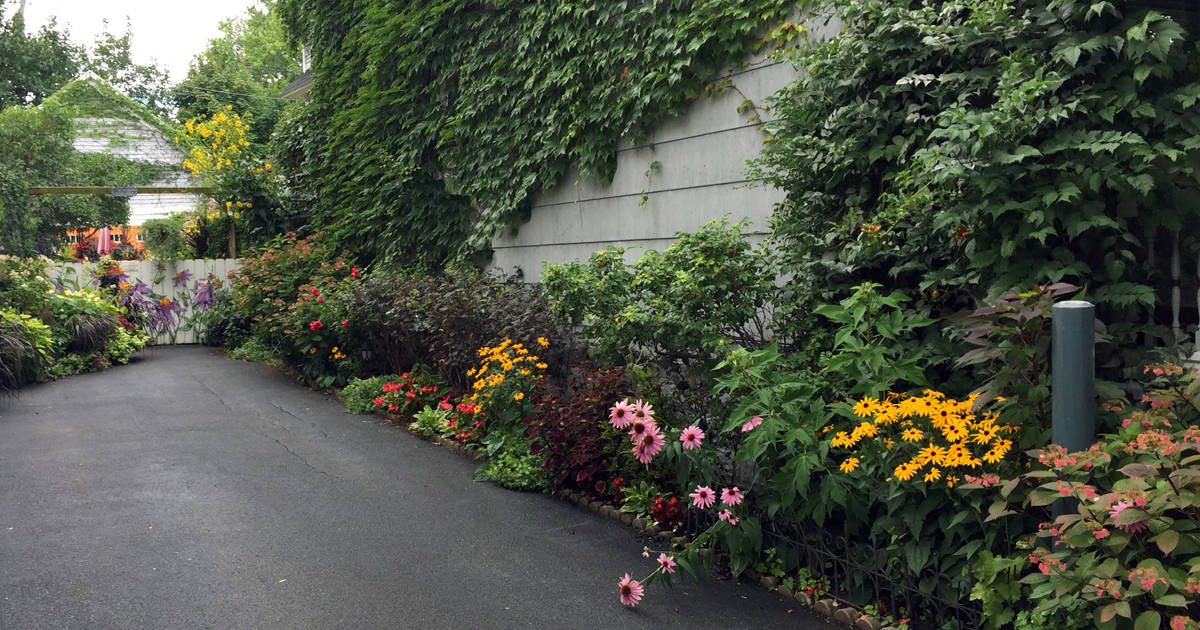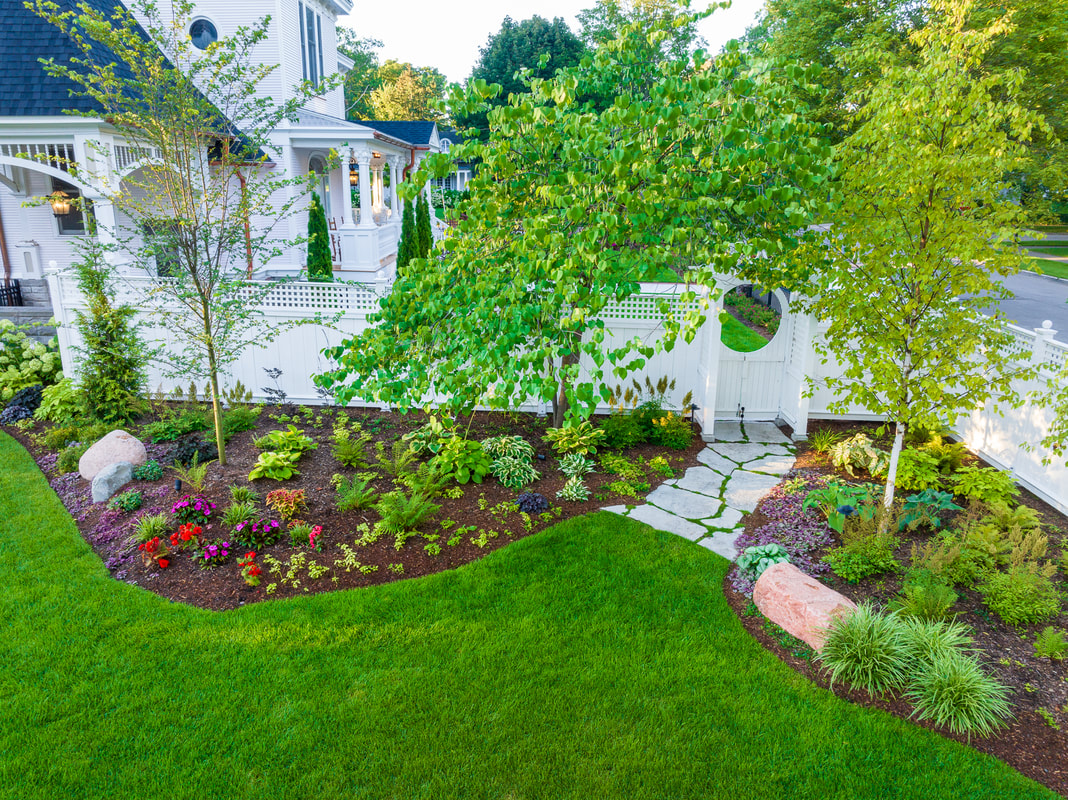Fascination About Hilton Head Landscapes
Table of ContentsMore About Hilton Head LandscapesExamine This Report on Hilton Head LandscapesThe Facts About Hilton Head Landscapes RevealedNot known Facts About Hilton Head LandscapesHilton Head Landscapes Things To Know Before You Get ThisFascination About Hilton Head LandscapesExcitement About Hilton Head Landscapes
Line produces all kinds and patterns and can be made use of in a variety of ways in the landscape. Line in the landscape is created by the edge in between two products, the rundown or silhouette of a kind, or a lengthy linear feature. Lines are an effective device for the designer due to the fact that they can be used to produce an infinite selection of shapes and types, and they regulate movement of the eye and the body.

Lines can have several qualities, such as those explained listed below, but they usually offer various functions. Figure 1. Lines in the landscape - Landscaping bluffton sc. The residential or commercial properties of lines figure out just how individuals reply to the landscape, both psychologically and literally. Straight lines are architectural and powerful; they develop a formal personality, are typically connected with a symmetrical style, and lead the eye directly to a centerpiece.
Hilton Head Landscapes for Dummies
Curved lines develop a casual, natural, loosened up personality that is associated a lot more with nature and asymmetrical balance. Bent lines relocate the eye at a slower rate and add secret to the room by producing concealed sights.
Vertical lines in the landscape consist of high, narrow plant product, such as trees, or tall frameworks, such as an arbor or a bird house on a post. Straight lines move the eye along the ground airplane and can make an area feel larger. Low lines are much more restrained and produce a sensation of remainder or repose.
Hilton Head Landscapes Things To Know Before You Get This
Reduced lines are produced by reduced garden walls, walkways, and brief hedges. Lines are made use of to draw kinds on a plan. In strategy view, they specify plant beds and hardscape areas. Lines are additionally produced by the upright forms of built functions and plant product. There are three key line types that develop form in the landscape: bedlines, hardscape lines, and plant lines.
Bedlines link plant product to your home and hardscape since the eye complies with the line, relocating the gaze via the landscape. Hardscape lines are developed by the edge of the hardscape, which defines the constructed structure. Line can additionally be produced by lengthy and slim products, such as a fence or wall.
Getting The Hilton Head Landscapes To Work
Form is discovered in both hardscape and plants, and it is normally the leading visual component that spatially arranges the landscape and typically establishes the style of the garden. The type of structures, plant beds, and garden ornaments additionally establishes the general type theme of the yard. Official, geometric types consist of circles, squares, and polygons.
Plants produce kind in the garden with their details or silhouettes, however form can additionally be specified by a gap or adverse space between plants - Landscapers near me (https://slides.com/h1tnhdlndscps). Circles can be cycles, or they can be split right into half circles or circle segments and combined with lines to produce arcs and tangents
Hilton Head Landscapes Fundamentals Explained
Circles can additionally be extended right into ovals and ellipses for even more selection and rate of interest. Circles are a strong design kind due to the fact that the eye is constantly drawn to the center, which can be used to stress a focal point or connect various other forms. Number 2. Circular types in hardscape and grass panels.
The square kind can also be fractional and used consistently to create a grid pattern. Unlike circles, squares are more powerful on the sides, which can be lined up or overlapped to create unique patterns and more complex forms.
Twisting lines commonly imitate the all-natural program of rivers or streams and can be referred to as smooth lines with deeply curved undulations. Twisting lines (Number 3) work well for pathways, plant bedlines, and dry stream beds. Twisting lines can add passion and secret to a garden by leading audiences around corners to discover brand-new sights and spaces.
The Ultimate Guide To Hilton Head Landscapes

Figure 5. Fragmented sides: stepping stones in path. Kind is the most long-lasting top quality of a plant (bluffton landscaping). https://www.artstation.com/stevengonzales53/profile. Usual plant forms are well established and standard, as type is the most consistent and recognizable attribute of plants. Form can also be created with the massing of plants, where the overall mass develops a different form than a specific plant.
An extremely different type must be utilized with careone or 2 work well as a prime focus, however a lot of produce turmoil. Natural plant kinds, as opposed to over-trimmed kinds, ought to develop the bulk of the structure. The importance of overall kind is basically based on the seeing perspectivethe kind of a tree can show up fairly different to a person standing under the cover versus seeing the tree from a distance in an open field.
Getting My Hilton Head Landscapes To Work
Plant types additionally develop and website link define the void or open rooms between the plants, developing either convex or scooped kinds in the voids. High-arching tree branches usually create a concave open area under the branches, and a round cover with reduced branches fills up the space to produce a convex kind outdoors room under the tree.
